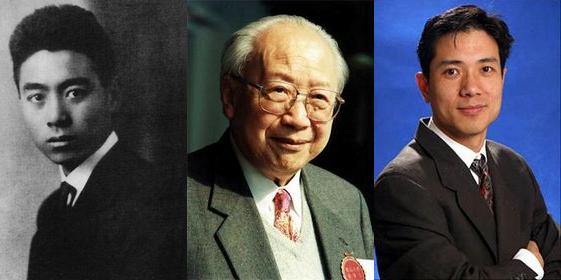Top 10 overseas study waves in Chinese history
- By Zhang Junmian
 0 Comment(s)
0 Comment(s) Print
Print E-mail China.org.cn, December 24, 2011
E-mail China.org.cn, December 24, 2011
Seventh Wave (1927-1937) 第七次留學熱
Key Words: 1927, science and engineering
Major Destinations: The U.S., the U.K. and countries in Western Europe
After the Kuomintang government set up its capital in Nanjing in 1927, it continued to dispatch state-sponsored students to study in the U.S., the U.K. and countries in Western Europe. Between 1927 and 1937, the number of students sent abroad annually varied from 100 to 1,000, while more and more nationals continued to study overseas on their own expense. China's study-abroad movement continued its momentum as supported by the Boxer Rebellion Indemnity Scholarship Program and some charity organizations.
However, when the Anti-Japanese War broke out in 1937, study abroad almost came to a halt. The number of state-dispatched students dropped from 1,002 in 1932 to only 366 by1937.
Many of the students who left China during this period became established scientists and engineers when they returned after the end of World War II. Among these were world-famous hydraulic engineering specialist Zhang Guangdou, and rocket scientist Tsien Hsue-Shen. They made indispensible contributions to the country's scientific and industrial development.
Go to Forum >>0 Comment(s)







